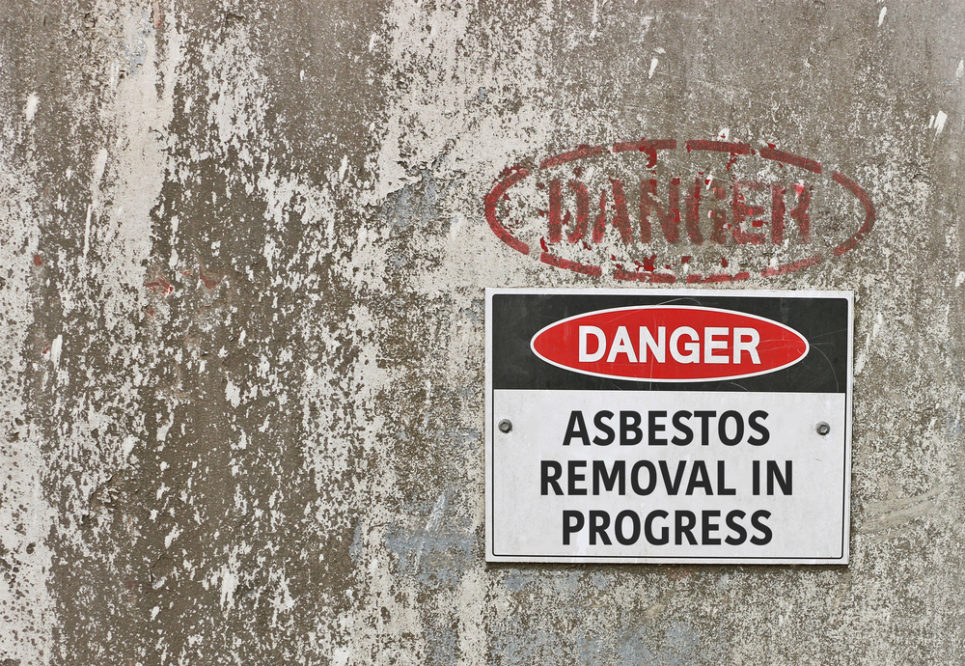Asbestos. The word instantly makes any tradie shudder. And so it should, asbestos exposure can lead to some really nasty health problems. You probably know how to deal with asbestos, but when was the last time you had to put it into practice? Here’s a bit of a refresher for you on how to reduce your exposure to asbestos on site.
What actually is asbestos?
Asbestos is the name for a group of materials that are made from silicate minerals. These materials were used a lot during the 20th century because they were pretty durable and were great insulators – but as it was soon discovered, they cause some terrible health issues.
How likely is it that you’ll be exposed to it?
Well apparently around 125 million people around the world are regularly exposed to asbestos. It’s particularly common if you’re working on homes and buildings that were constructed before the 1980s and 1990s – the risk of coming across asbestos in these kinds of buildings is pretty high, so you need to be careful.
Why is it so bad?
As we mentioned above, asbestos can cause some very serious health problems because the fibres in asbestos materials can be easily inhaled and ingested. They wreak havoc on your insides and become trapped in your lungs, forming tumours. Not ideal.
If you want to know specifically what kinds of cancers have been connected to asbestos exposure, check out malignant pleural mesothelioma and peritoneal mesothelioma.
Sounds scary. How can you keep yourself protected?
Firstly, if you’re working on a building that was built pre-2000s, you need to be wary and expect some form of asbestos to be present, just in case.
Before you even venture into the property, you’ll need the right PPE gear – and we’re not talking about your average COVID-19 mask. You’ll need a proper fit-for-purpose suit, a respirator, and proper eye protection. These should always be removed in a closed area and washed thoroughly before leaving the site.
If you suspect there’s asbestos present, stop working straight away and get the professionals in to check it out. Because of how toxic this stuff is, you don’t want to be trying to DIY it. Make sure you hire someone with a lot of experience in asbestos removal – they’ll know exactly what needs to be done.
